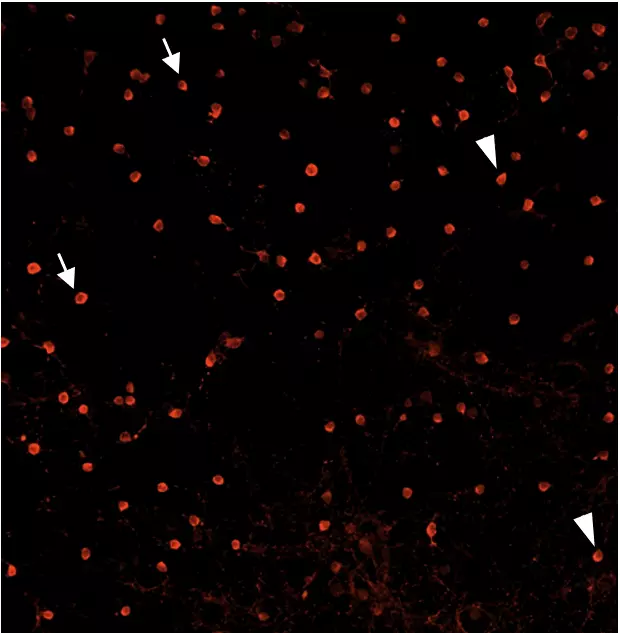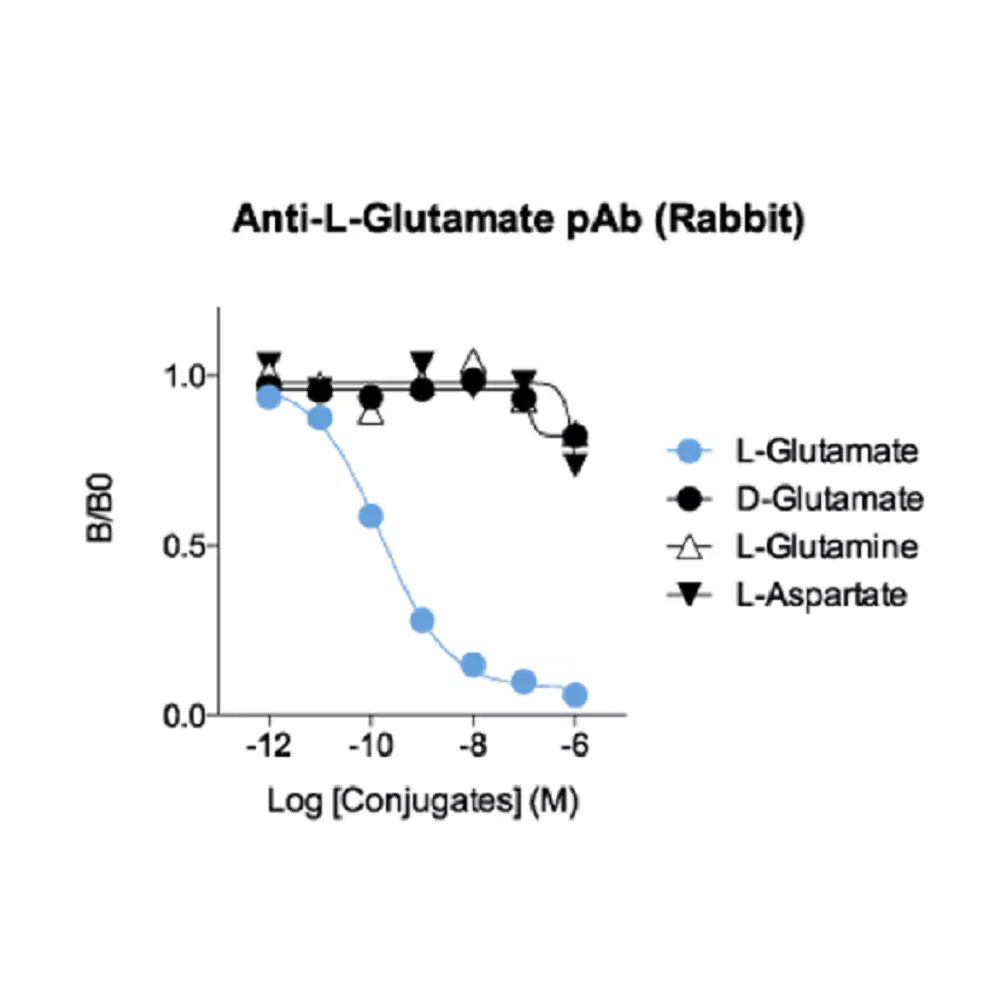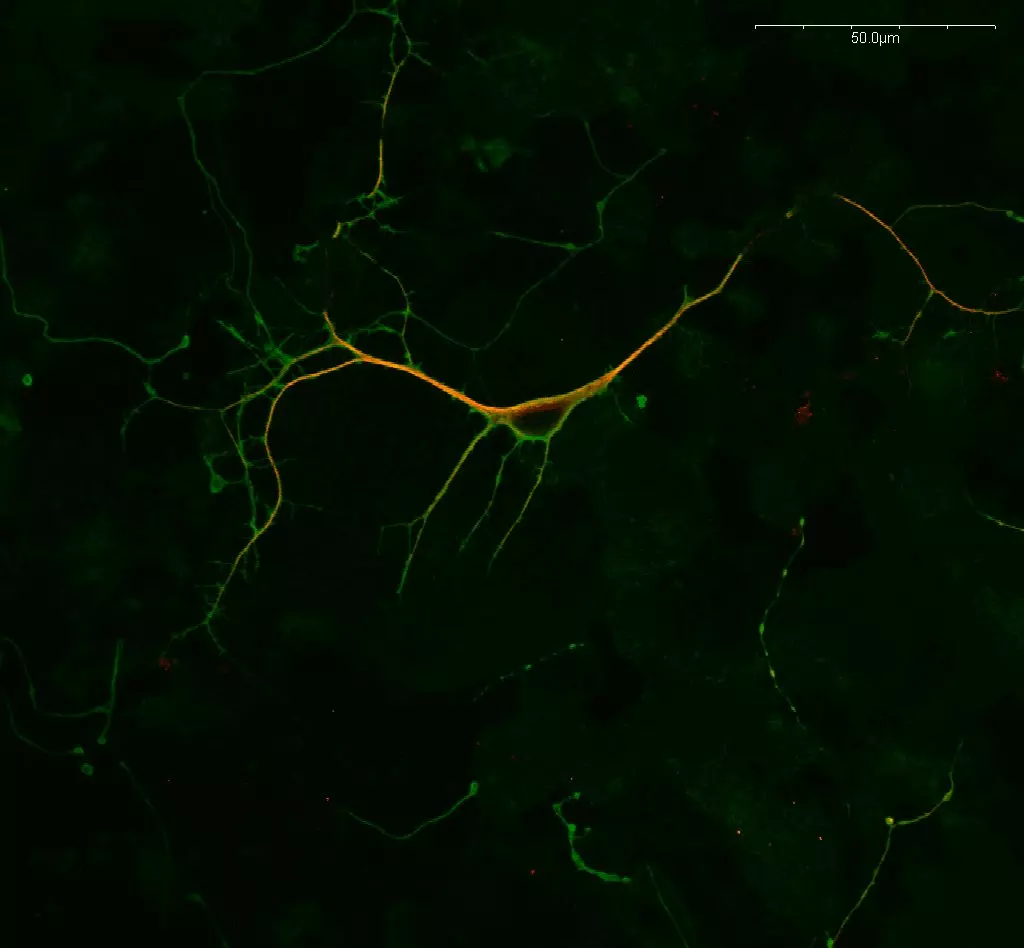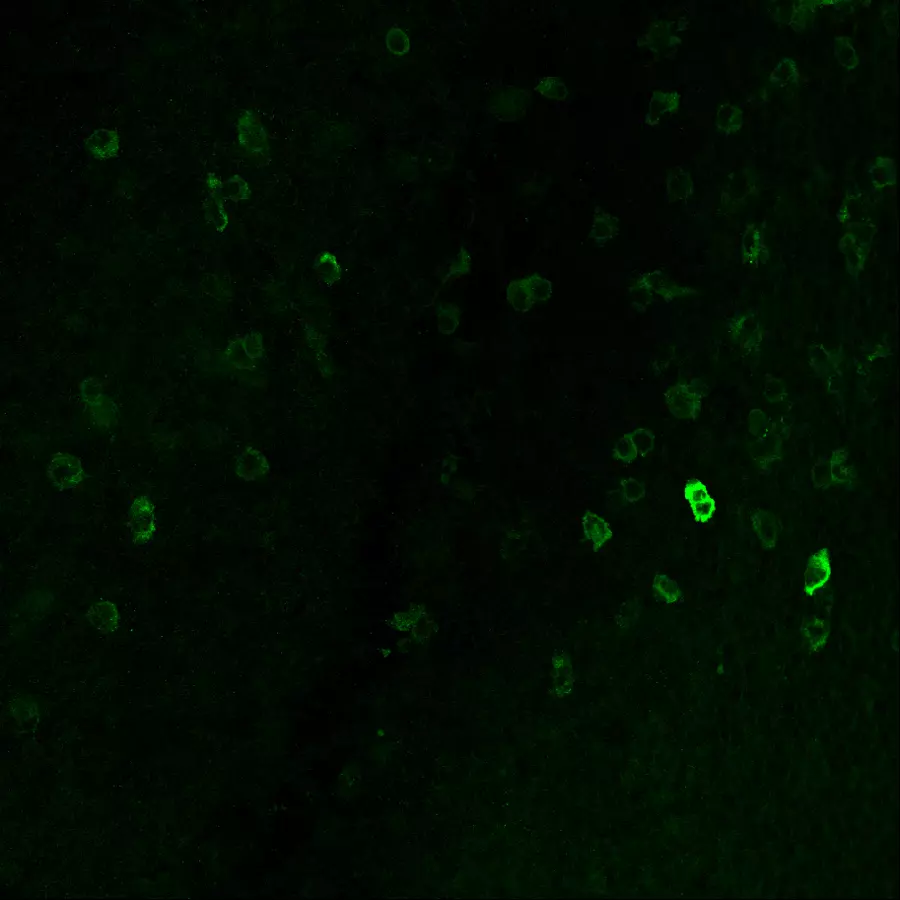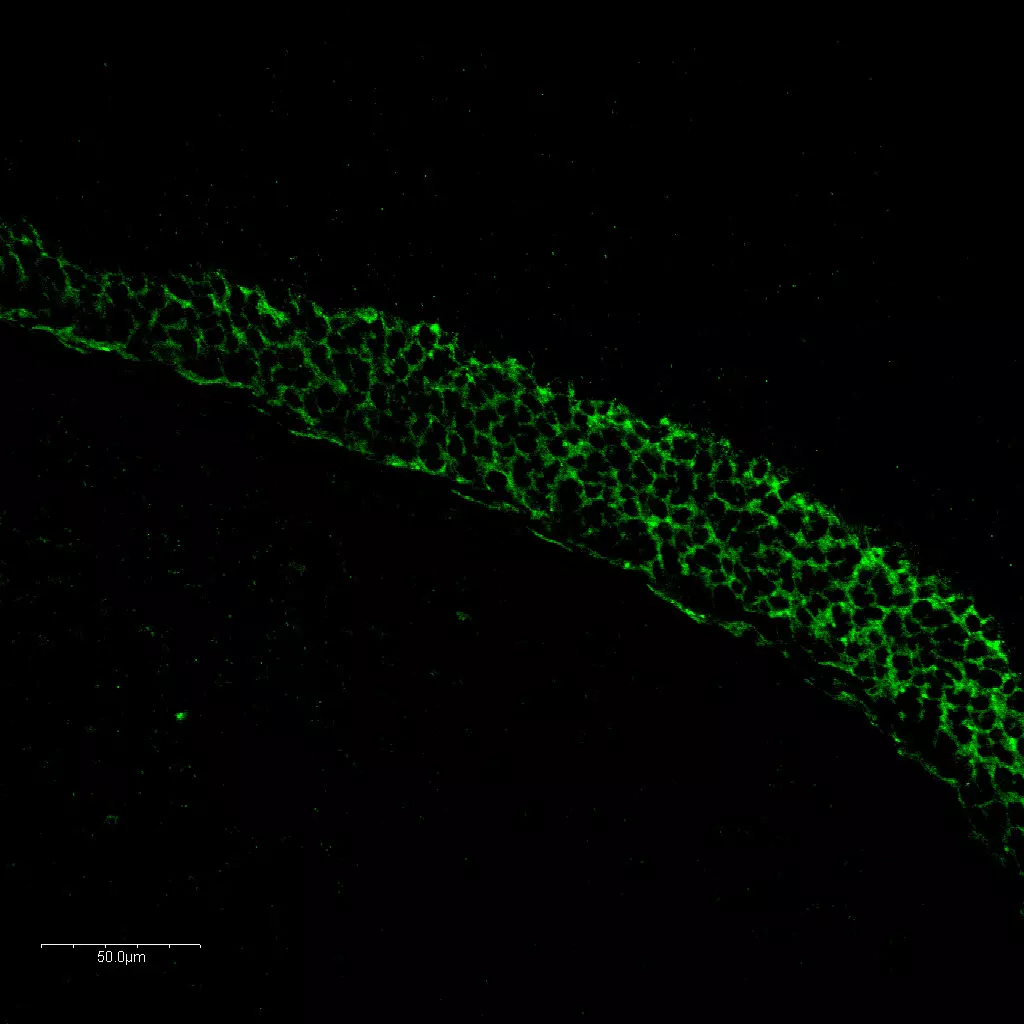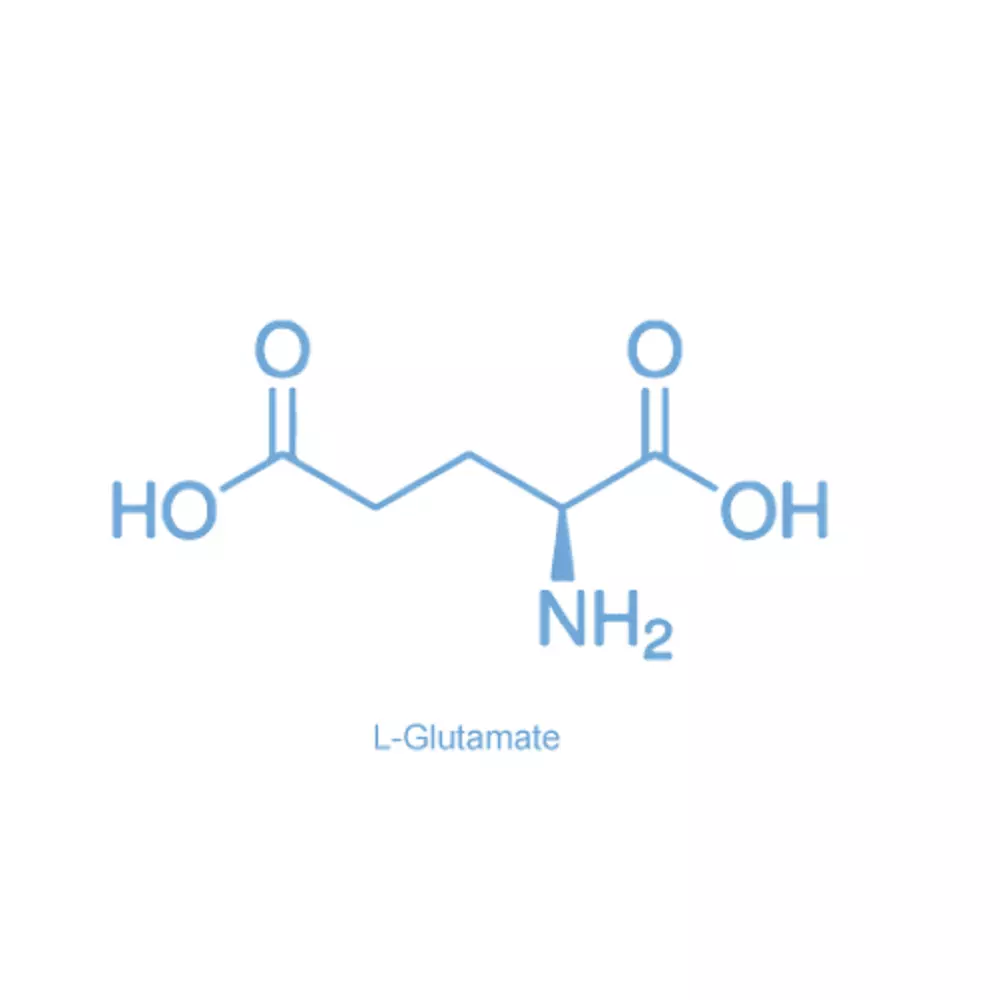L-Glutamate Antibody – Rabbit Polyclonal
Ref: IS1001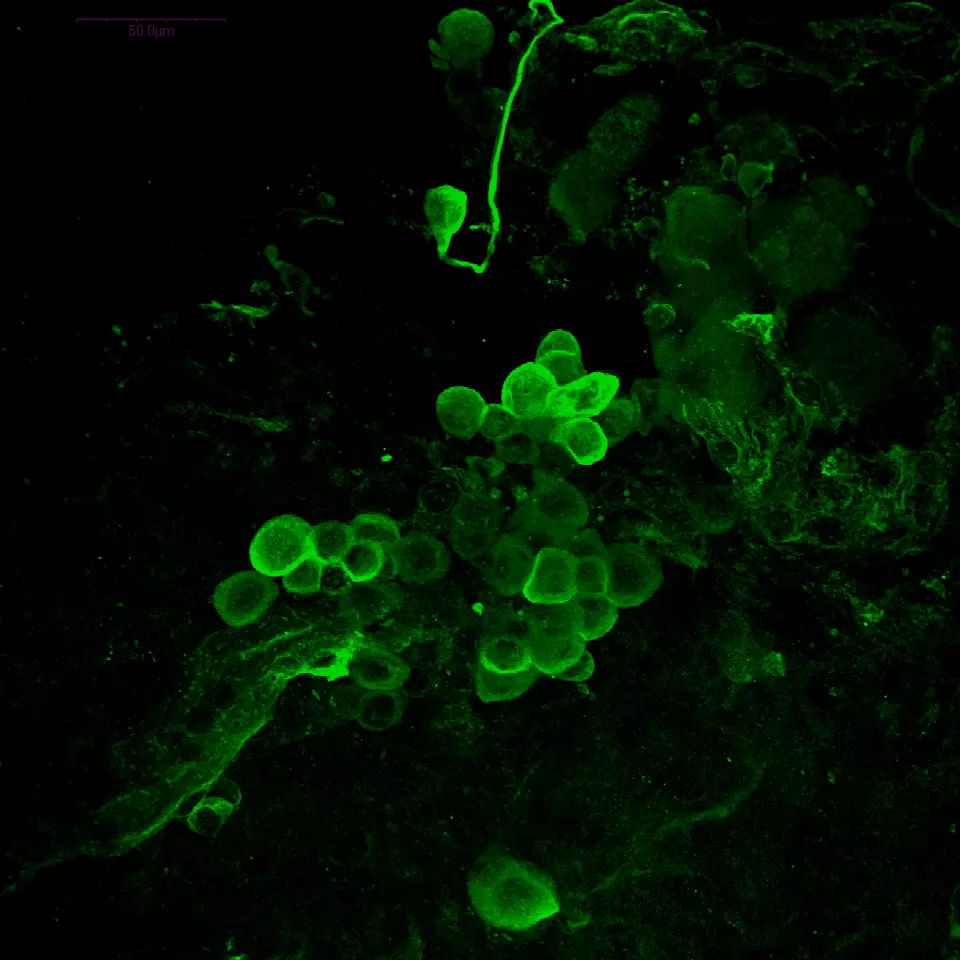 +
+Immunostaining of glutamatergic cells in the crayfish brain.
Anti-L-Glutamate antibody highlights the presence of glutamatergic cells into the brain of a crayfish. Staining was obtained with anti-L-Glutamate antibody and performed with STAINperfect immunostaining kit A, following the protocol for whole mounts samples. Alexa Fluor® 488 conjugated secondary antibody was used and images obtained by confocal imaging at high magnification.
DatasheetMSDS
The anti-L-Glutamate antibody IS1001 is a rabbit polyclonal antibody optimized to ensure superior affinity and specificity. Combined with the STAINperfect immunostaining kit A, the antibody allows direct L-Glutamic acid visualization in cell cultures, whole mounts and tissue sections.
| Clonality | Polyclonal antibody |
| Host | Rabbit |
| Reactivity | Reacts with all species |
| Tested samples | Whole mounts, cell culture, tissue sections |
| Staining procedure | STAINperfect immunostaining kit A |
| Format | 50µL (approx. 40 tissue sections) |
| References | Cited in 2 papers |
Product overview
| Product name | L-Glutamate antibody – Rabbit polyclonal Ab |
| Synonyms | Anti-L-Glutamic acid antibody |
| Immunogen | Conjugated L-Glutamate |
| Specificity | When tested in competitive ELISA, the anti-conjugated L-Glutamate antibody did not show any significant cross reactivity with L-Glutamic acid analogs, including D-Glutamate, L-Glutamine and L-Aspartate conjugates |
| Volume | 50µL |
Storage
| Form | Liquid |
| Purity | Purified anti-serum |
| Storage |
Store at +4°C for short term (1-2 months). Aliquot and store at -20°C for long term. Avoid repeated freeze / thaw cycles |
| Material safety datasheet | Download MSDS |
| IF – Cell cultures, Whole mounts, Tissue sections | Dilute antibody with the antibody diluent provided in the STAINperfect immunostaining kit A. Use at 1/250 -1/1000 dilution. Follow the STAINperfect protocol suited to your sample |
| Comments | Optimal working dilutions must be determined by the end-user |
| Restrictions | For research use only |
| Full protocol | Download STAINperfect protocol for L-Glutamate staining |
| Protocols-at-a-glance |
 |
 |
 |
 |
| Complete Instructions for Use |
Protocol-at-a-glance for cell cultures |
Protocol-at-a-glance for whole mounts |
Protocol-at-a-glance for tissue sections |
Product citation
- Excitatory neuron-prone prion propagation and excitatory neuronal loss in prion-infected mice
Check article
Authors : Erdenebat et al., Front Mol Neurosci.
2024-12 - INSIHGT: Accessible multimodal systems biology with quantitative molecular phenotyping in 3D
Check the article
Authors : Chun et al., bioRxiv
2024-06
